Many Americans think that we’re just a nation of flag-sporting syrup addicts and hockey fans who spend our days figuring out how many times we can fit “eh” into a sentence. And okay, maple syrup is pretty tasty, but not every Canadian snack revolves around it!
For one thing, nobody makes snacks quite like Canada. Did you know that the cheese curl was invented by a Canadian? There are substantial regional differences across Canada, especially in their take on classic American treats. Read through this guide for all the details on our favorite underrated goodies from home – maybe you’ll find the perfect thing to satisfy your cravings!
What makes these snacks great, you ask? Well, for one, they don’t make them like they used to. The recipes are delicious and straightforward, with wild flavors that keep people coming back for more. They’re also part of our collective cultural heritage – some of them go back generations!
If you’re a Canadian ex-pat in the United States, you’ve probably been accused of being a “Yankee-doodle traitor” for even suggesting that American food might not be better than our home-grown recipes. Or maybe you miss some classic snacks from back home. You’re not alone: the Great White North is home to some of the best snacks in the world! Unfortunately, we can’t just point you toward Amazon and have you clicking through items with one-click ordering. So here’s a guide to 11 great snacks that all Canucks crave when they leave our native land.
Coffee Crisp
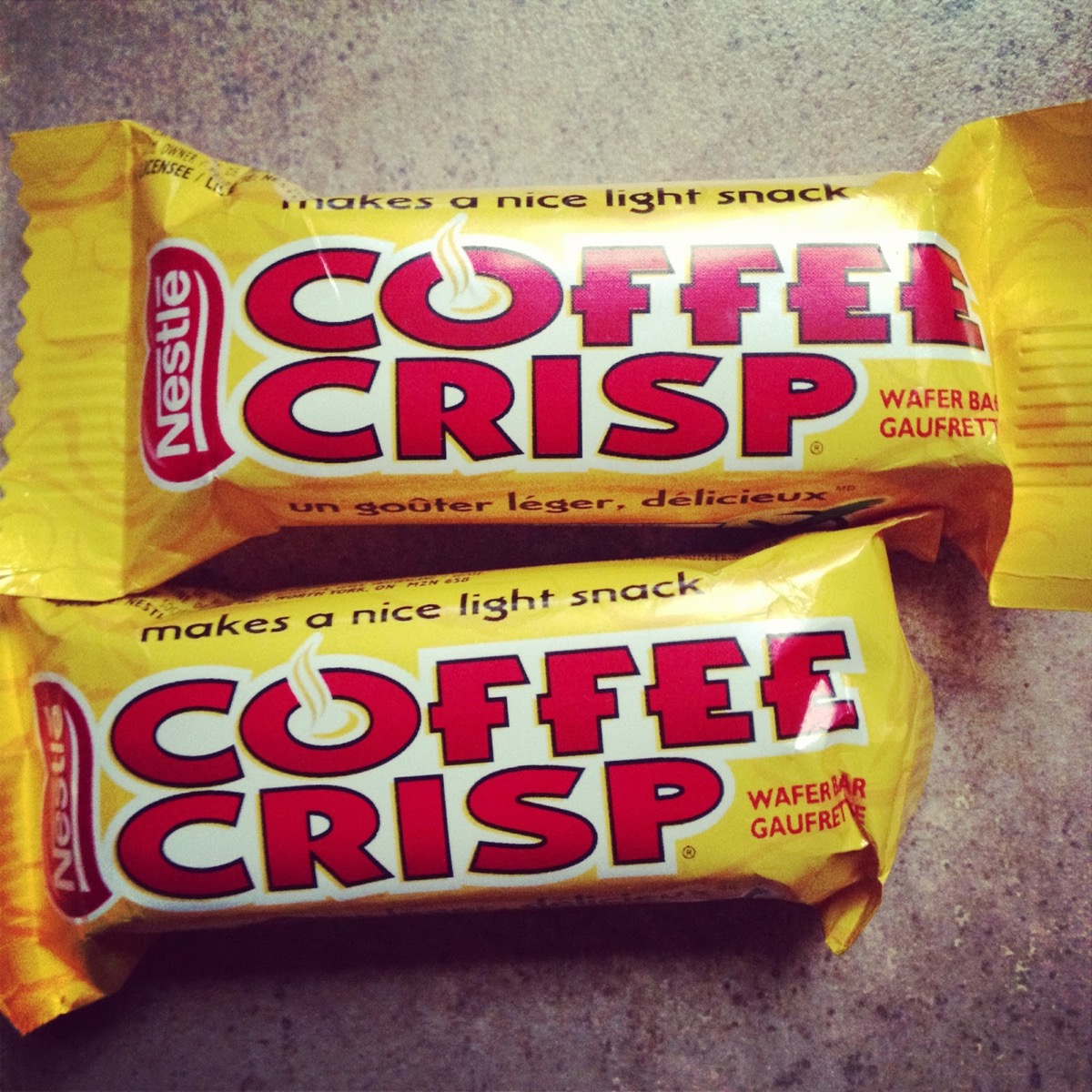
This chocolate-covered wafer candy developed in Toronto in 1929 has long been a hit with Canadians. “Coffee Crisp is one thing I would take to the desert island,” says Rose Reisman, author of The Unofficial Candy Book (McClelland & Stewart, 1985). Although it’s not made by the same company that makes Coffee Crisp, that hasn’t stopped Bill Cosby from singing its praises; he once joked that to die without eating one was “more than [a man] could bear.” The confection finished first in a CBC Radio show Morningside contest to find the best Canadian candy. So famous is Coffee Crisp that when Nestlé discontinued it for a few years in the 1980s, the country’s collective outrage—chocolate riots were reported in some parts of the country—led to its swift reintroduction.
Smarties
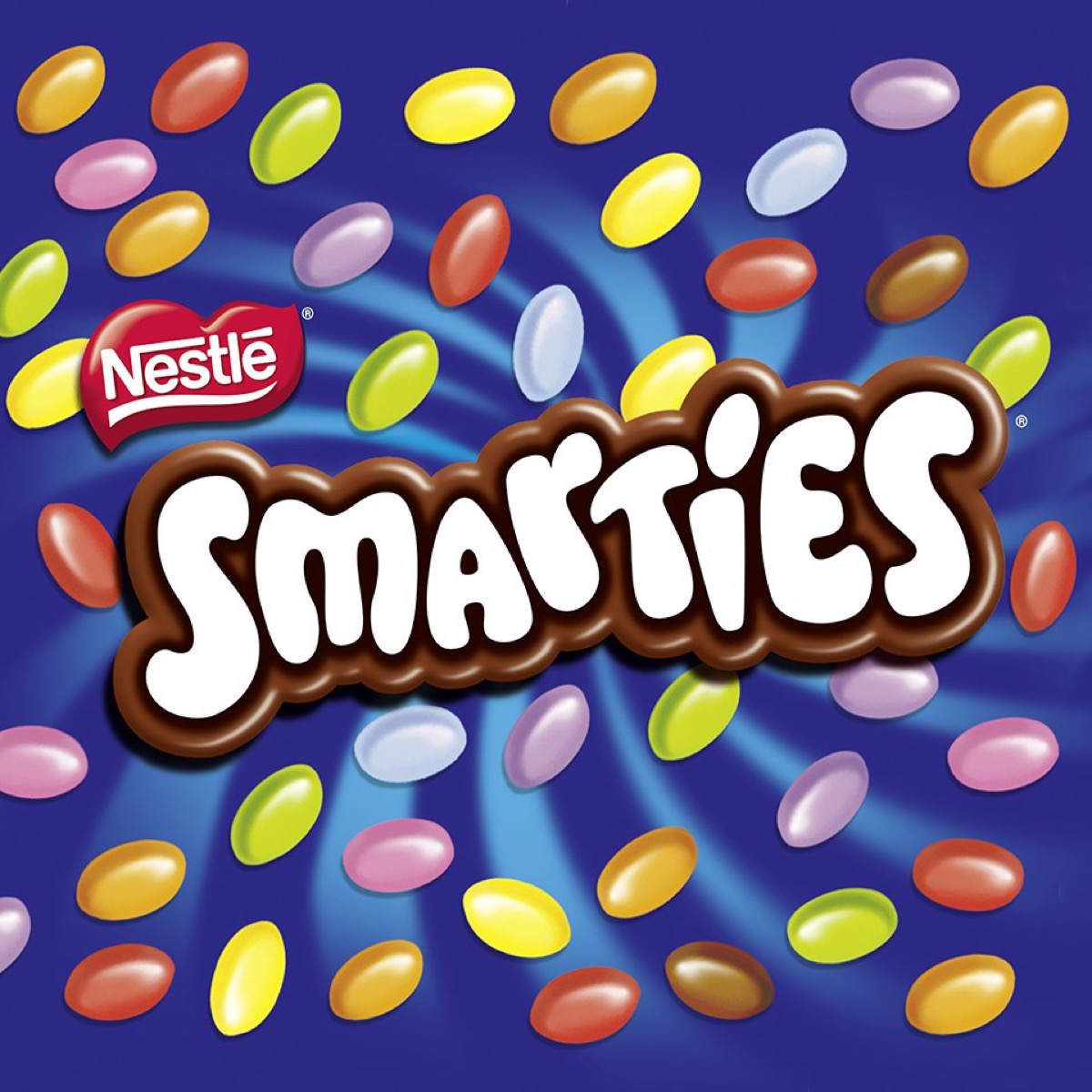
Sold in vending machines for just 25 cents, these small chocolate discs come wrapped in multicolored foil that turns into a trash can lid on application. Introduced by Rowntree’s around 1948, they are also available as pill-sized tablets wrapped in waxed paper. Although Canadian children are known to stockpile their stash during Halloween (which is why Halloween is called “Smarties night” here), it has never been explicitly marketed to kids; for years, Rowntree’s used orange packaging with no cartoon characters or other marketing aimed directly at young people. And brilliant it must be: Market research from Ipsos-Reid from 2004 showed that although 70% of Canadians over the age of 15 ate smarties, 18% claimed to be eating them daily.
Maynards Swedish Berries
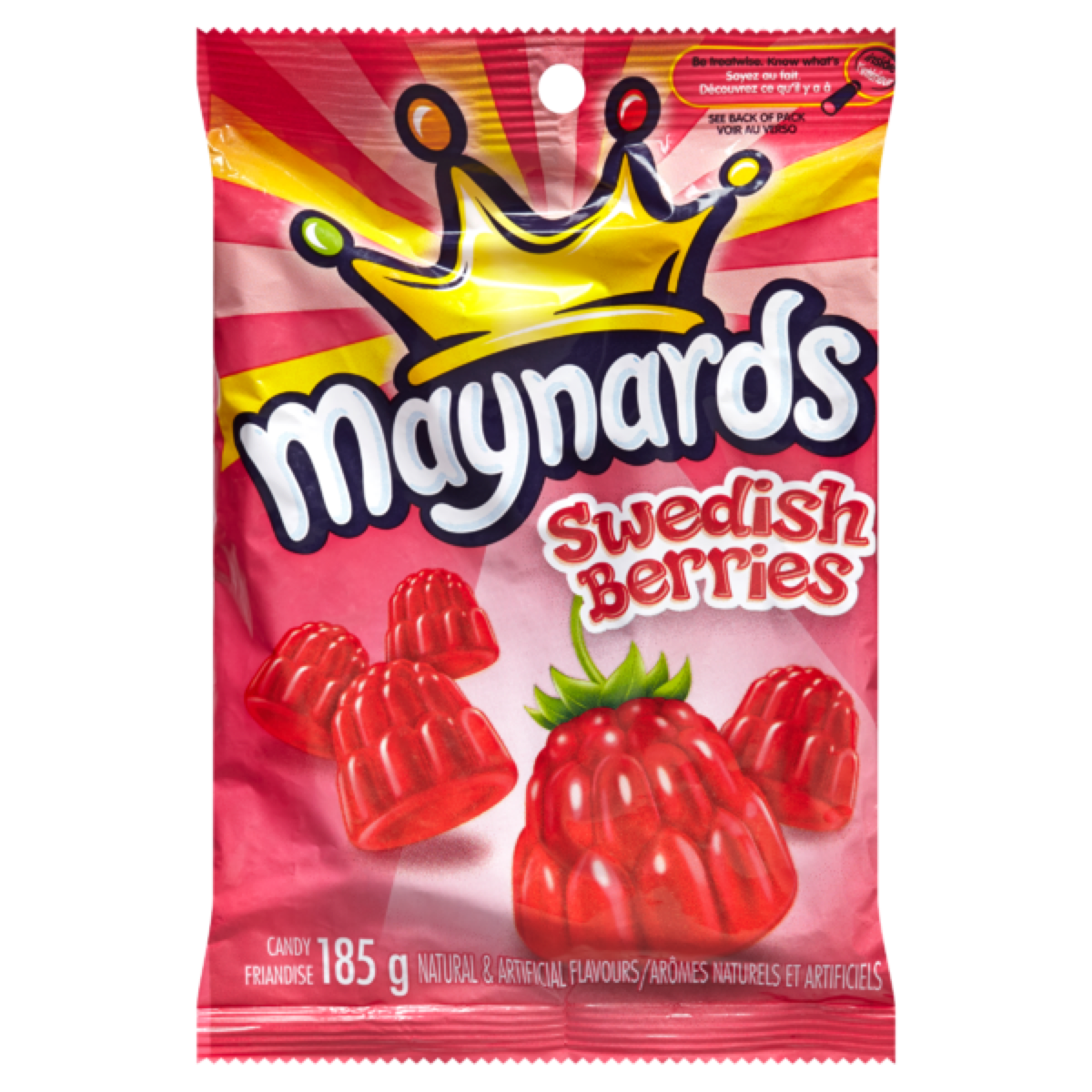
When Frank C. Maynard set out to make a drinkable yogurt in 1968, he couldn’t find a local supplier of bacterial cultures. Instead, he flew the cultures from Sweden three times each week; afterward, his firm was bought by Quebec dairy giant Natrel and production moved to Canada. But the berries (which are freeze-dried before packaging) remain: “It’s like what we did with cranberries,” says Reisman. “We cultivate them here because no one else does that well.” Originally sold only through health food stores—they’re lactose-free—the product is now available at general grocery outlets across Canada.
Mackintosh Toffy
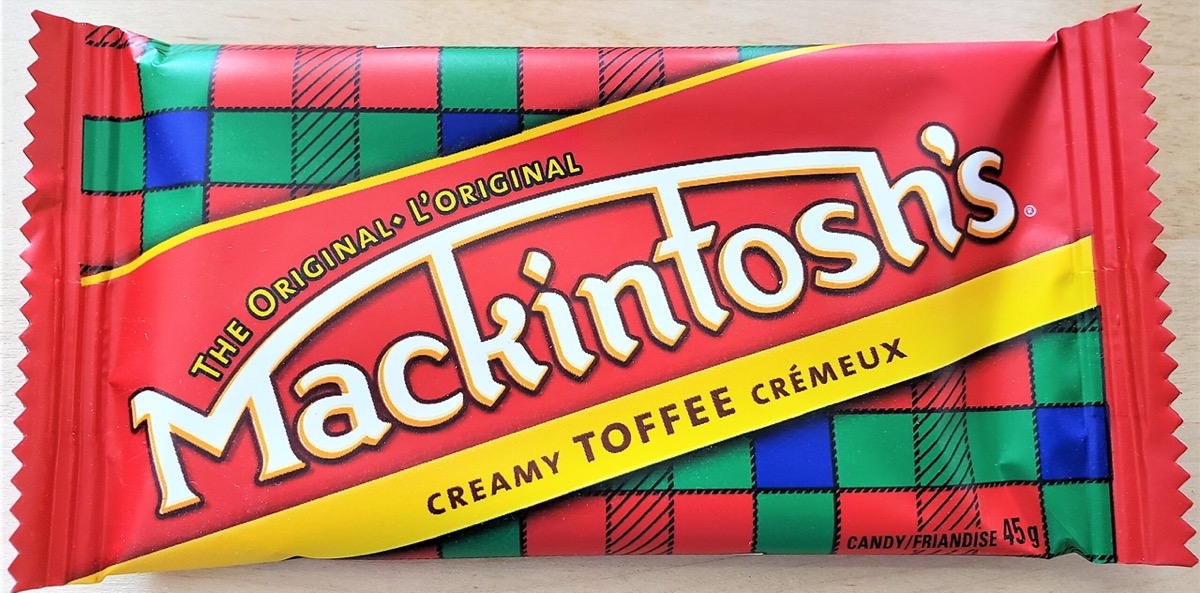
This chewy toffeelike confection with a chocolate coating has been made in Winnipeg by Cadbury Adams (formerly Cadbury Canada Inc.) since 1955, and it still comes wrapped in foil that turns into a reusable oven mitt on application. “It’s like a Tootsie Roll,” says Reisman, referring to the American version of this Canadian treat. One thing is for sure: It tastes better than its name. Under its previous name—Rolo—mackintosh’s was named one of the top ten worst candy names by Time magazine; some suggested alternatives include Rolo-lets (to rhyme with Dorito) and wally-world (“as everyone knows them”).
Maynards Wine gums
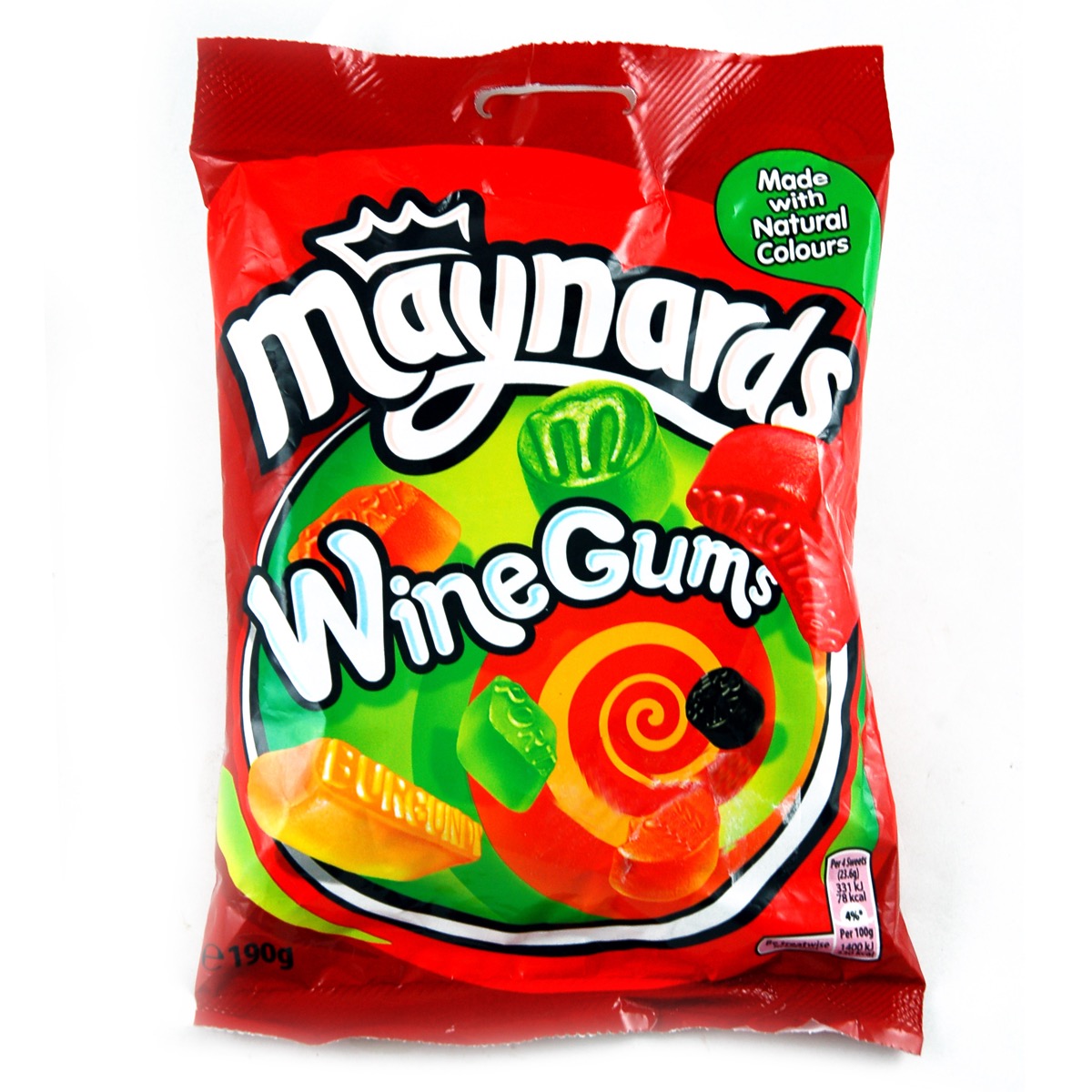
Not to be confused with the more widely known gummi bear, wine gums are small, hemispherical gummy candies packed in cylindrical metal tins and filled with fruit juice. They were invented by Henry Maynard of Winnipeg’s Cadbury Adams plant in 1925. He got the idea for making them while drinking cider on a fishing trip—the tartness helped his throat feel better, and he wondered if it would work in a candy. The product was introduced at Toronto’s Canadian National Exhibition in 1926 and instantly became one of Canada’s most popular exports: One tonne of wine gum was sold every week that year at Wembley Park in London.7 Aero Peppermint
Cadbury Caramilk
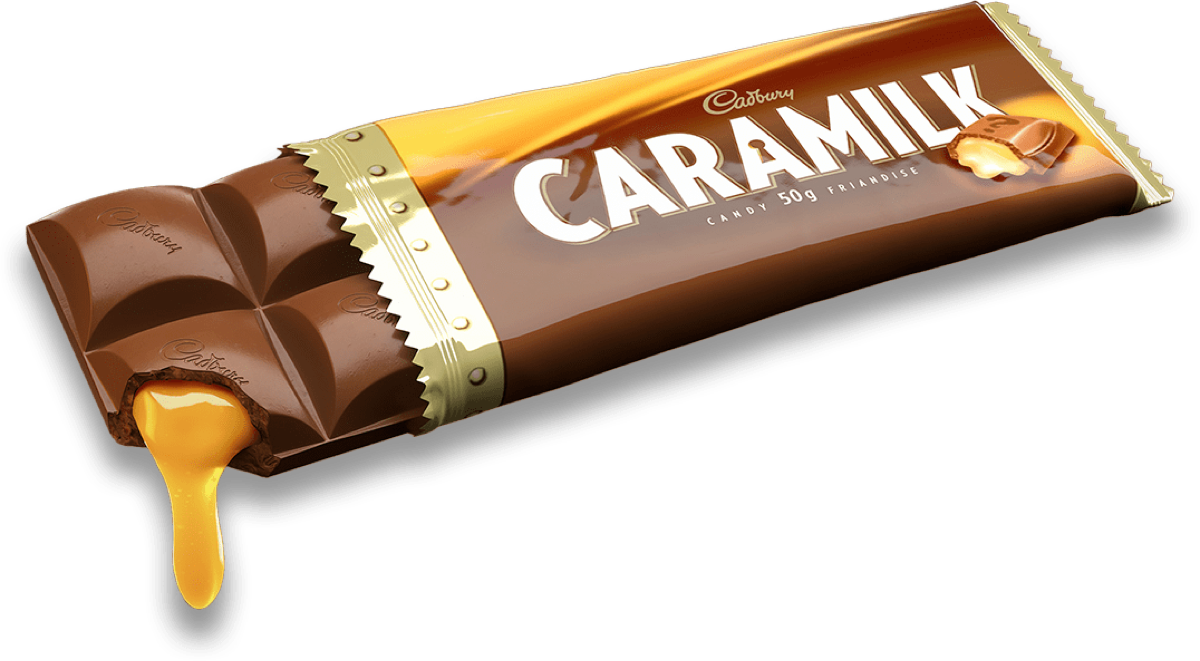
Introduced by Rowntree’s in the late 1950s, this chocolate-covered caramel, and milk chocolate bar is sold with a “surprise” inside: When you break open the aerated chocolate shell, it reveals a liquid center. “It was kind of new at that point,” says Reisman. Soft, like an Aero, was something foreign yet familiar—it’s become a classic. This candy is most closely associated with Easter in Canada when it’s sold in plastic eggs and is considered one of its most popular treats. It’s right up there with Smarties and Crunchie.
Cadbury Crispy Crunch
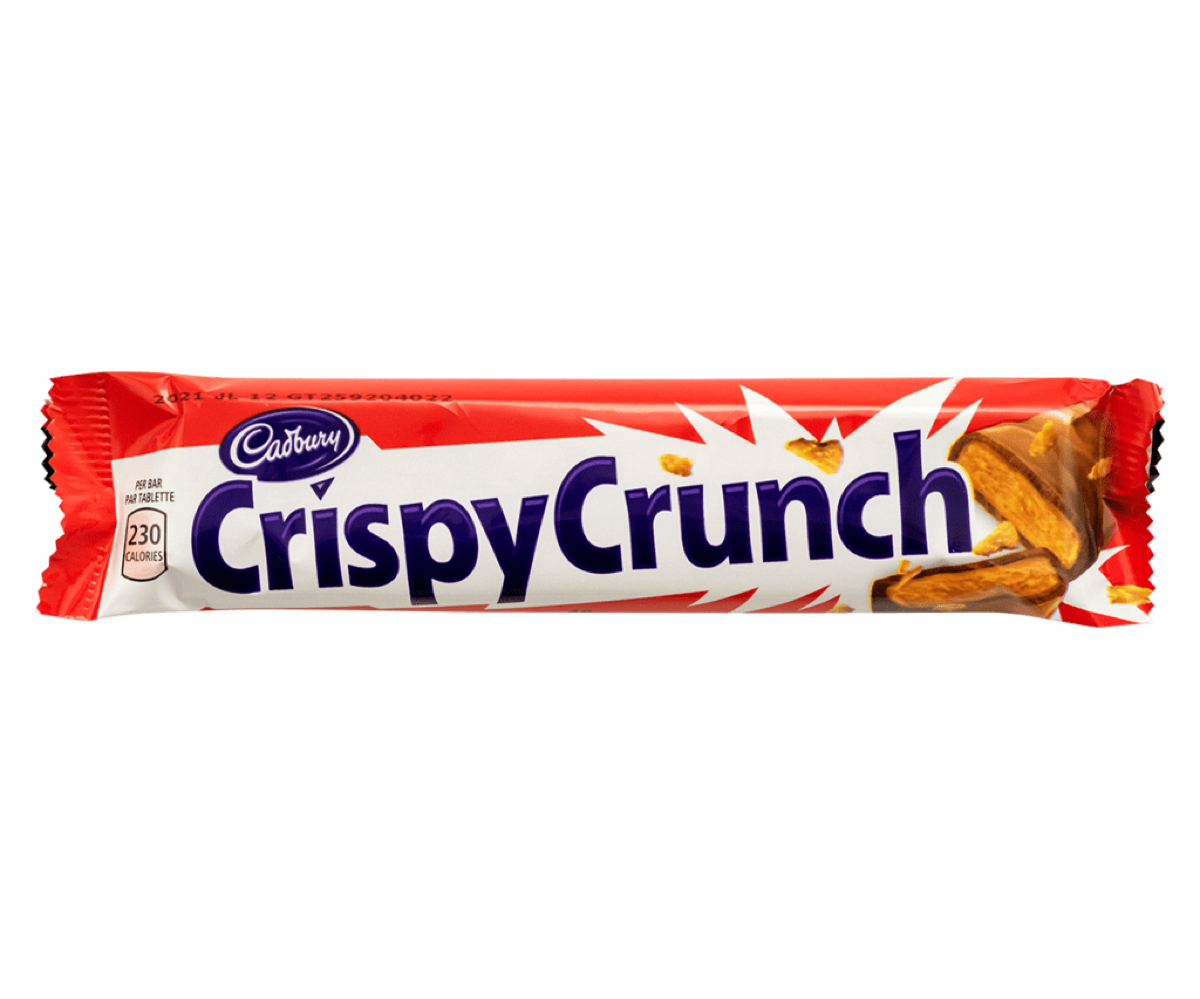
In the late seventies, a Cadbury confection introduced this chocolate-covered corn and oat cereal made in four flavors: plain, chocolate, raisin, and toffee. It was discontinued by 1988 because it lacked “relevant innovation,” according to a company spokesman—that and its unfortunate similarity to another popular breakfast food. The biggest marketing challenge of all? It had been developed by the same Canadian firm that produced Quisp, a sugary breakfast cereal from rival General Mills.
Aero
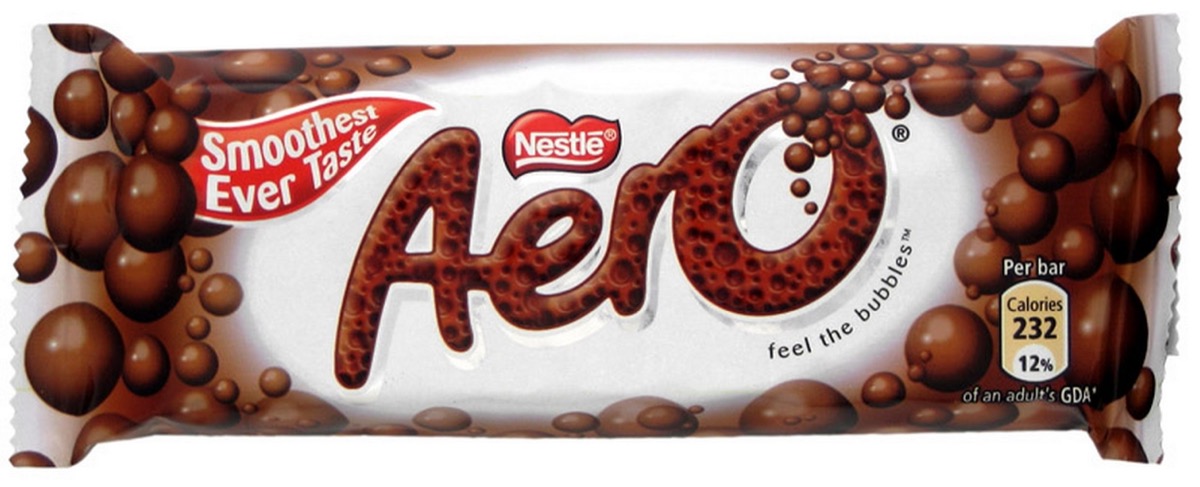
Introduced by the American company Mars in the late eighties, Aero is a candy with a chocolate-mousse center coated with a thin layer of milk chocolate wrapped in gold or silver foil. First called Mellowcreme, and it was renamed for its resemblance to an airplane’s propeller during production. Aero is described as “the first new chocolate candy bar in 50 years.” If you can’t find an Aero, a Cadbury Fruit and Nut bar makes a good substitute. It’s similar to Mounds, which have been available stateside since 1920, but larger and flatter—and with no corner pieces that start disappearing midway through your second bar.
Hawkins Cheezies
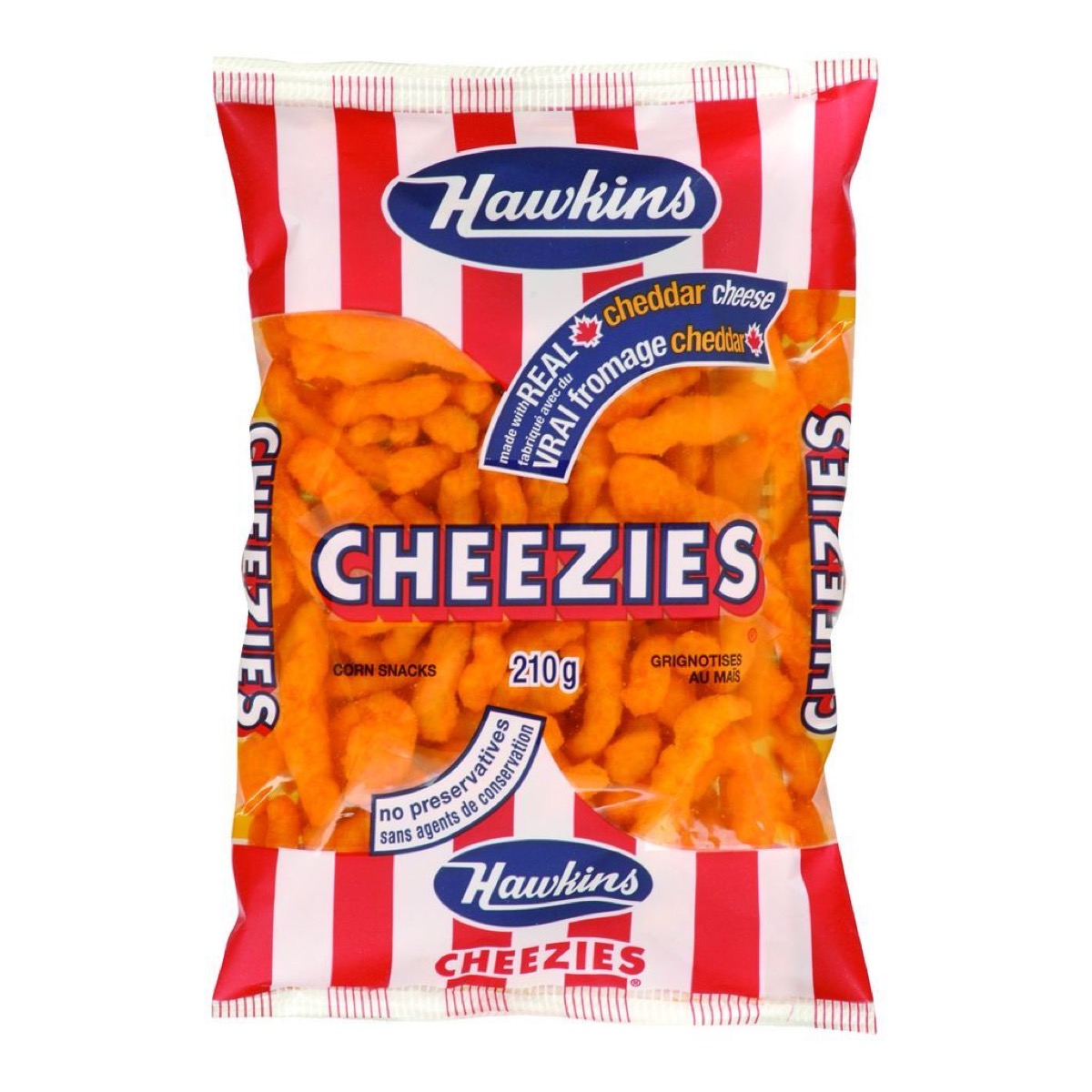
A Canadian-made variant of the famous cheese curl, Cheezies are made in Eastern Canada by two companies: Hawkins in Saint John, N.B., and Davies in Scarborough, Ont. They’re often found at movie theatres but can be purchased at most convenience stores or supermarkets throughout Canada. Made from cheddar cheese curds, these bite-sized snacks have a light, crunchy texture with ridges that aid in scooping up dips. Despite being mass-produced to satisfy large numbers of consumers, they’re still considered gourmet fare. “These are the sorts of things you’d expect to see at a cheese and wine party,” says Reisman. “It’s like gourmet Cheetos.”
All Dressed Ruffles
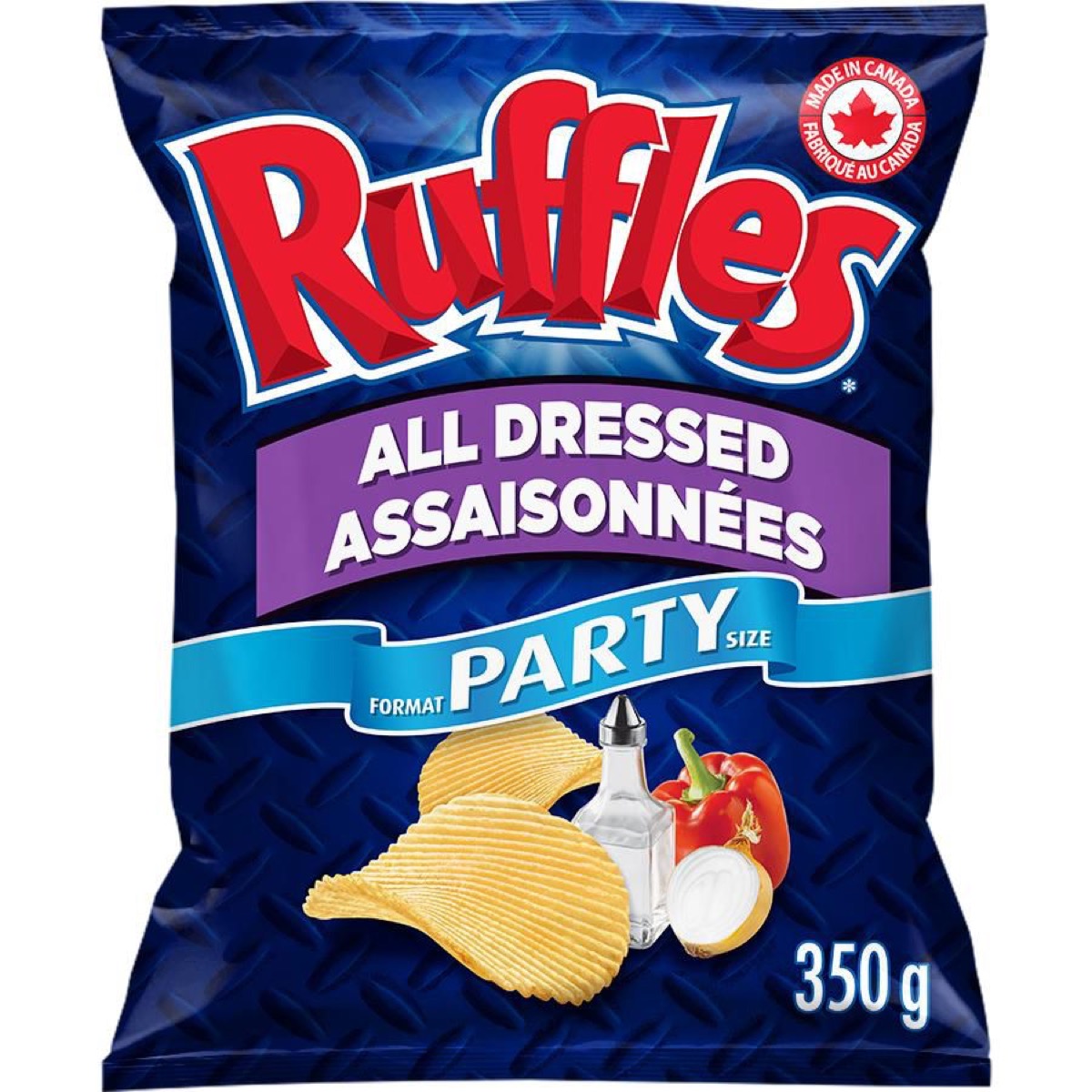
In 1974, All Dressed was a salt and vinegar potato chip brand associated with a unique tangy ketchup flavor. This chip has been called “the Holy Grail of Canadian junk food,” by the Globe and Mail’s Jeff Gray, who credits them with starting a trend of flavored chips that later included Fritos’ Cheetos and Doritos. It’s based on Ruffles, which introduced its new flavors—including barbecue and sour cream & onion—in 1975. Though it’s widely available, All Dressed has yet to catch on in the United States. Canadian Ruffle brand chips also come in a variety of flavors, such as pizza and ketchup.
Lays Ketchup Chips
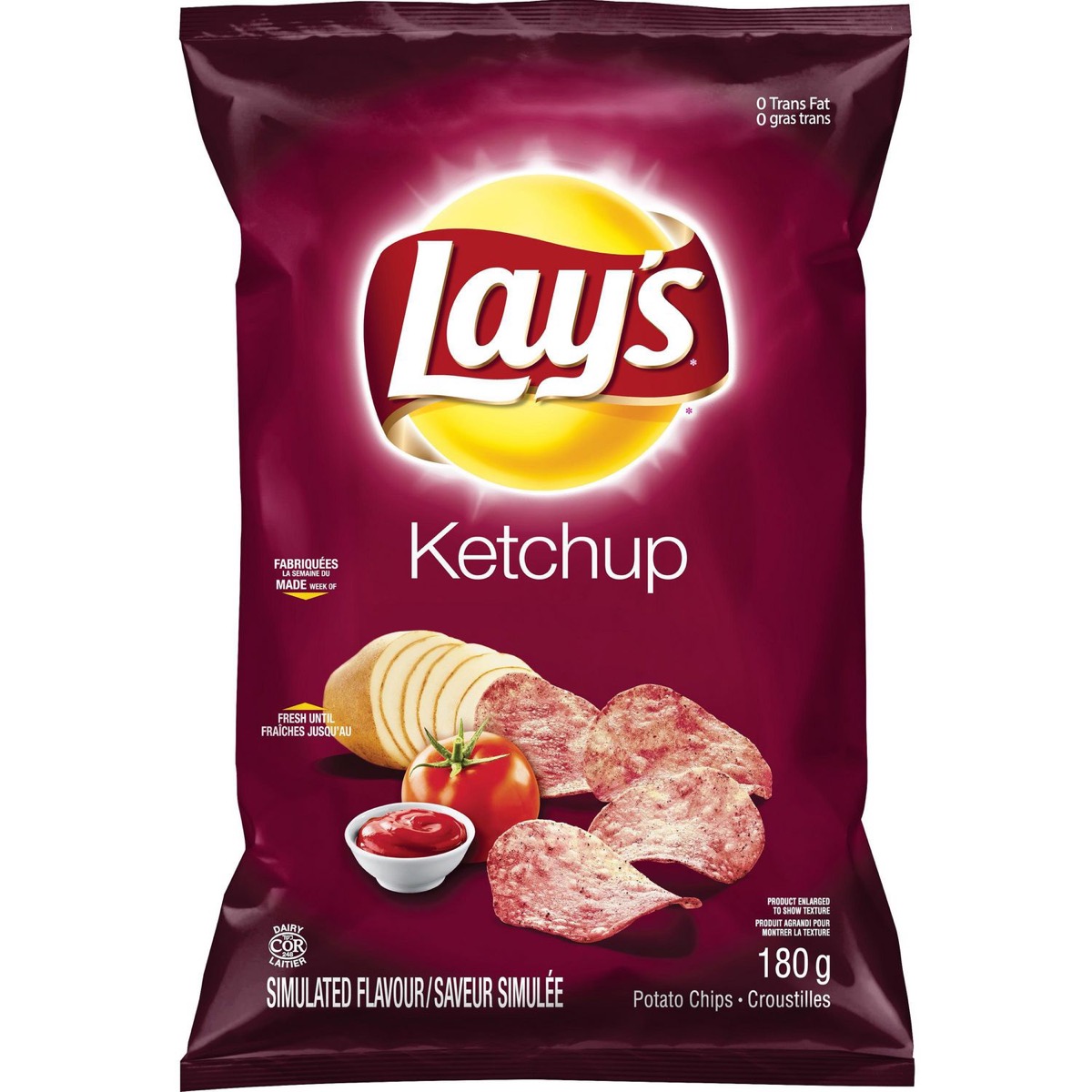
The second flavor of Lay’s offered in Canada; Ketchup chips, are thought to be the epitome of what Canadian taste buds seek out—or at least love to hate. “Every once in a while, you get something that is so wrong but so right,” says the Globe and Mail’s Gray. These chips were released in the mid-eighties, around the same time as Lays Barbecue, which hasn’t caught on like its ketchup counterpart. A warning: This spicy flavor is an acquired taste for international travelers; it may be best left off your customs declarations form unless you’re sure you want to stand out from the crowd.
In conclusion, Canadians are very fortunate to have so many remarkably delicious yet ever-so-rare treats that are just out of reach for the average US citizen. If you ever so happen to be in Canada and see any of these treats for sale, please do yourself a favor and buy as many as possible. They will not disappoint! If you ever have the chance to experience even just some of these goodies, definitely go for it! Canadians know what they’re doing when it comes to tasty snacks.

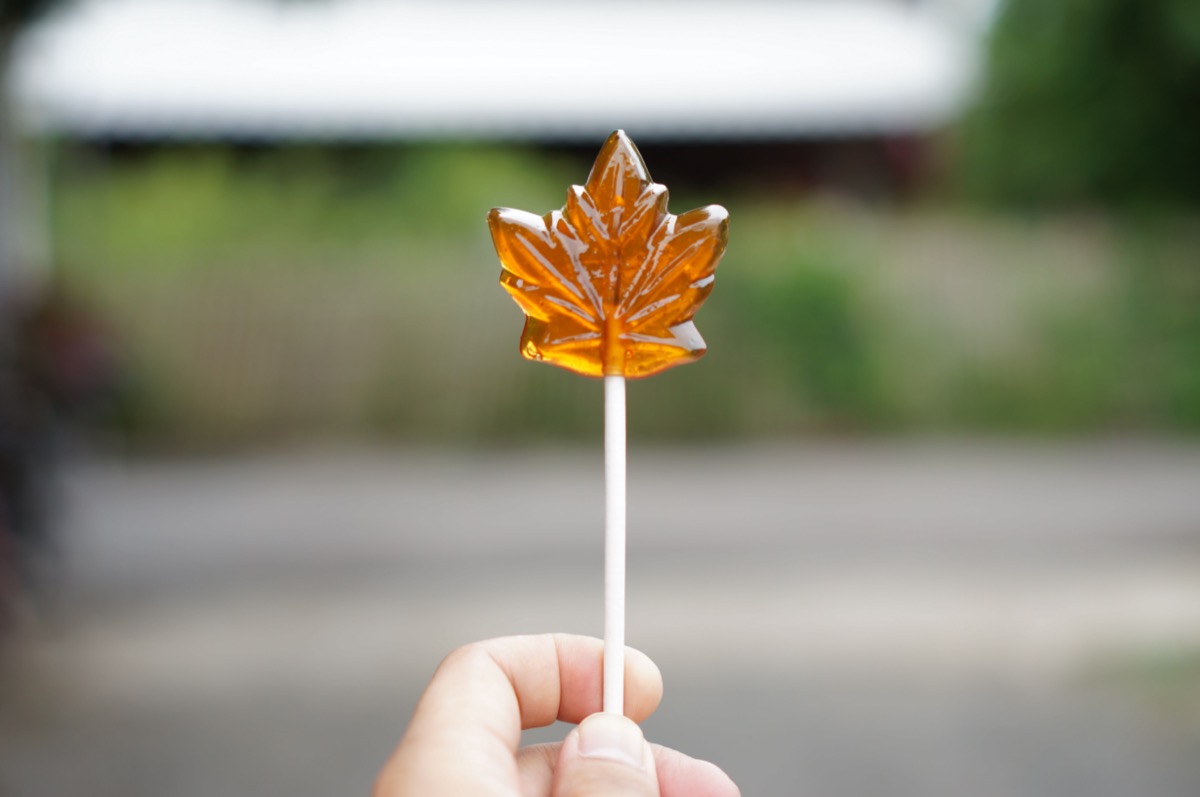
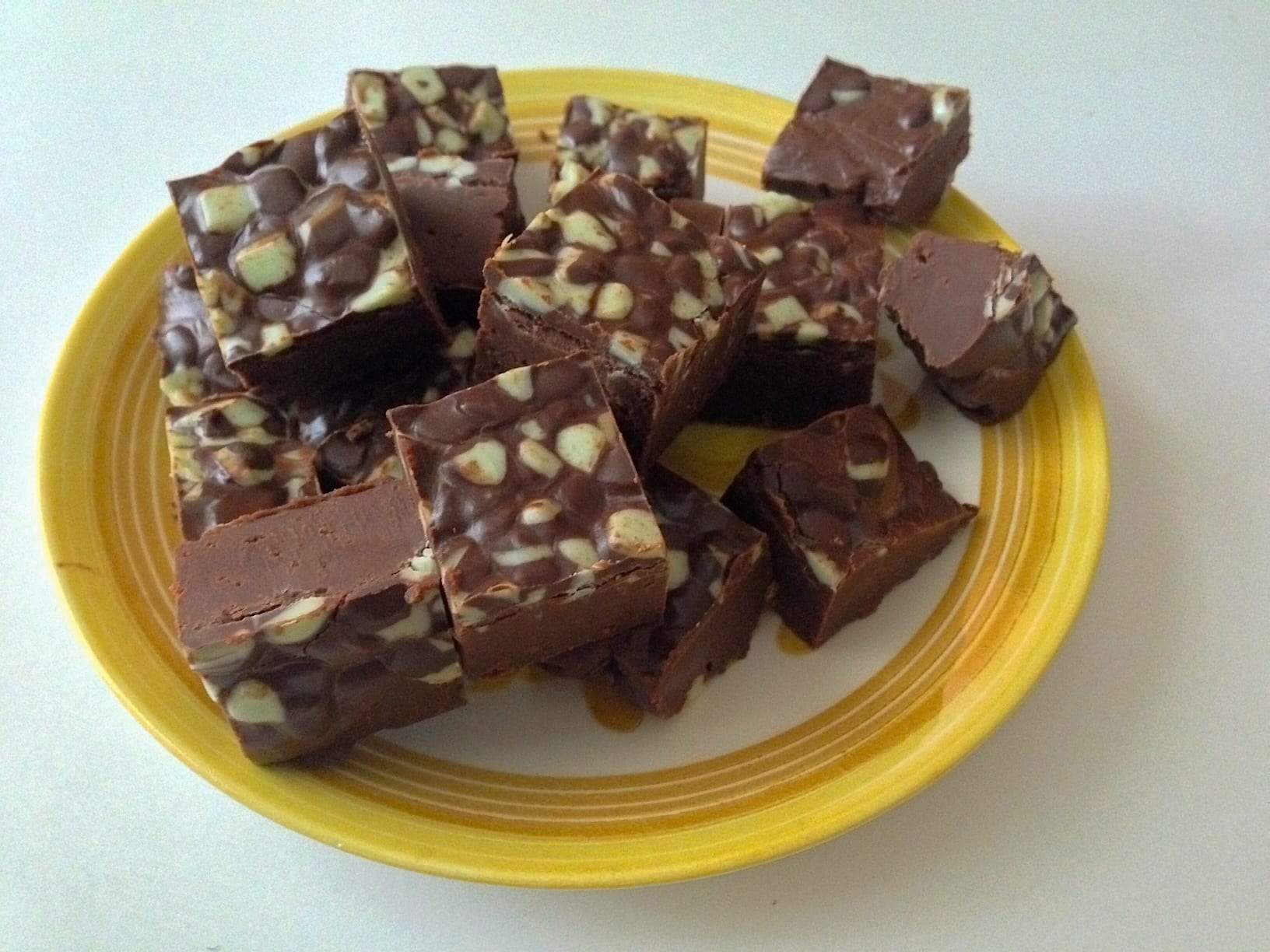

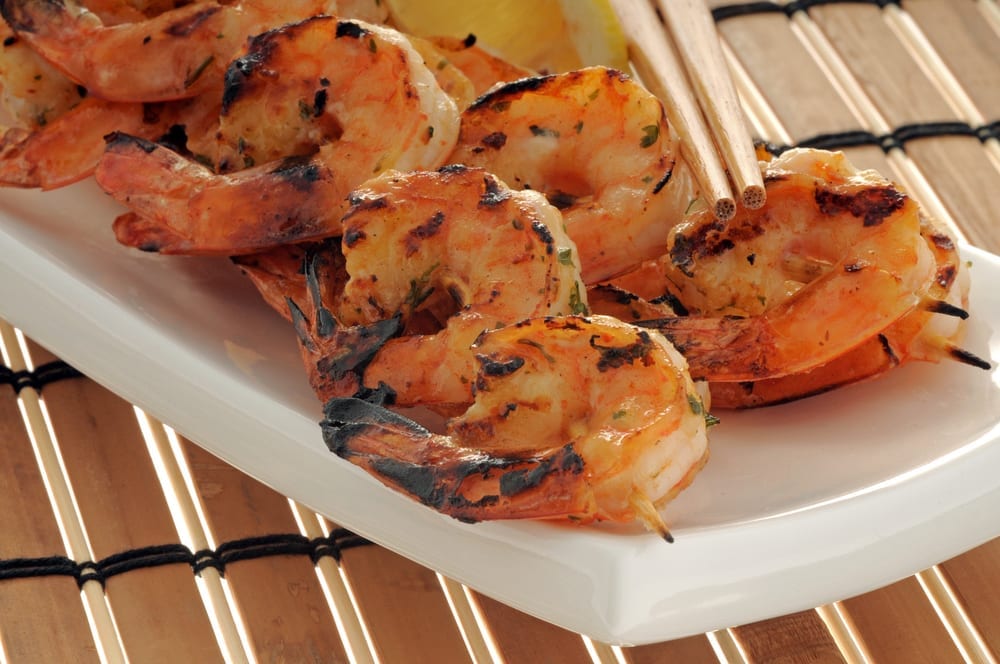
Leave a Comment